This was my solution: I subclassed ScrollView to take a scrollY param that is only used when isInEditMode().
public class MyScollView extends ScrollView {
private int scrollY = 0;
private void init(Context context, AttributeSet attrs) {
TypedArray a = context.obtainStyledAttributes(attrs, R.styleable.MyScrollView);
scrollY = a.getInt(R.styleable.MyScrollView_scrollY, 0);
a.recycle();
}
public MyScollView(Context context, AttributeSet attrs, int defStyle) {
super(context, attrs, defStyle);
init(context, attrs);
}
public MyScollView(Context context, AttributeSet attrs) {
super(context, attrs);
init(context, attrs);
}
public MyScollView(Context context) {
super(context);
}
@Override
public void computeScroll() {
if (isInEditMode()) {
scrollTo(0, scrollY);
}
}
}
This goes into your attrs.xml file
<declare-styleable name="MyScrollView">
<attr name="scrollY" format="integer"/>
</declare-styleable>

